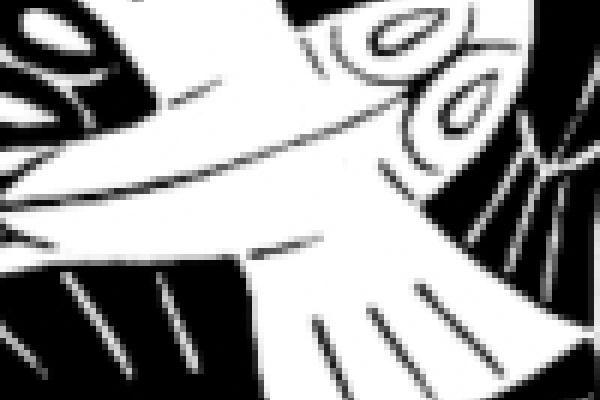Article

Mysterious neutrinos
Research into the bizarre world of neutrinos helps to piece together the creation story of the Universe.
How are researchers in disease dynamics using mathematics to understand how the influenza virus replicates? This short, accessible article investigates.